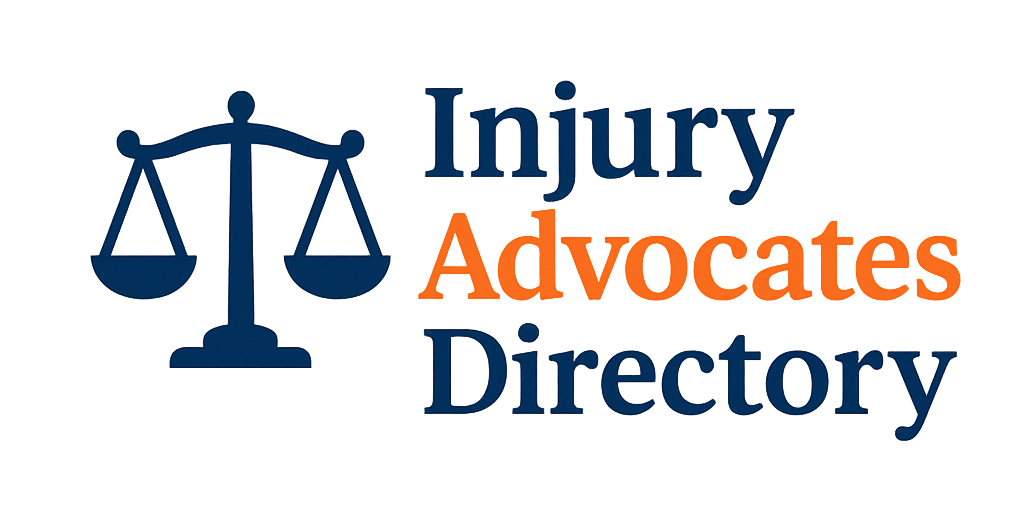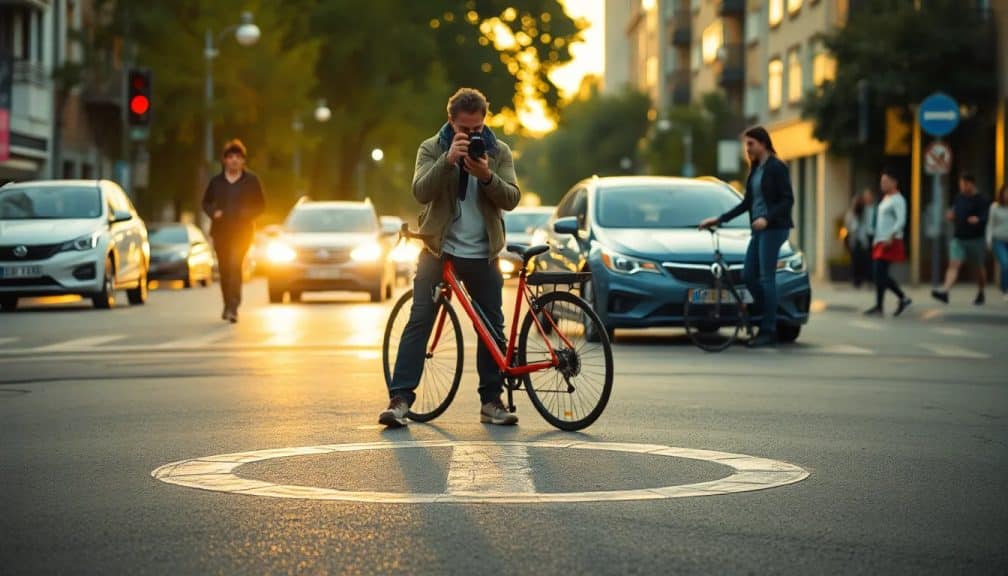Photographic evidence plays a pivotal role in personal injury claims, serving as a critical component in establishing the facts surrounding an incident. This type of evidence not only captures the event but also highlights the injuries sustained, which can significantly impact legal outcomes. In this article, we will explore the various aspects of photographic evidence and its importance in personal injury cases.
What is photographic evidence?
Photographic evidence refers to images captured through photography that illustrate events, conditions, or injuries related to a personal injury claim. This evidence can be vital in demonstrating the extent of damages and supporting the victim's narrative.
Moreover, photographs can supplement witness testimonies and medical reports, providing a visual context that strengthens a case. The importance of photographs in personal injury cases cannot be overstated, as they serve as reliable documentation of the incident.
How do photographs strengthen personal injury cases?
Photographs are instrumental in bolstering personal injury claims for several reasons. Firstly, they serve as visual proof that can corroborate the victim's account of events. This is particularly relevant in cases where liability may be disputed.
Additionally, photographs help establish the severity and impact of injuries. By documenting injuries immediately after an accident, victims can illustrate not only the physical damage but also how these injuries affect their daily lives. Using photographs to prove fault in personal injury claims can significantly influence the outcome of negotiations and court presentations.
- Visual representation of injuries and damages
- Evidence of the accident scene and conditions
- Corroboration of witness statements
- Strengthening medical evidence
- Enhancing the overall credibility of the claim
What are legal standards for using photographs in personal injury cases?
The legal standards for admissibility of photographs in personal injury cases can vary by jurisdiction but generally require that the images be relevant, authentic, and not prejudicial.
To ensure that photographic evidence meets these standards, it is crucial to document the images properly. This includes noting the time and date of the photographs and ensuring they accurately reflect the scene or injuries without manipulation.
Photographic evidence must align with legal requirements to be effective. Courts often consider factors such as the clarity of the images and their ability to accurately represent the situation. This means that photographs should not only be sharp and well-composed but also taken in a manner that accurately reflects the circumstances surrounding the injury.
Best practices for capturing photographic evidence
Capturing effective photographs after an accident is essential to maximize their usefulness in a legal context. Here are some best practices to consider:
- Document the scene: Take wide shots of the entire accident scene to provide context.
- Close-ups of injuries: Capture detailed images of any visible injuries, showing their severity.
- Include surroundings: Photograph any relevant environmental factors, such as road conditions or weather.
- Use timestamps: Ensure that the images are time-stamped to establish when they were taken.
- Avoid altering images: Keep photographs in their original state to maintain their authenticity.
By following these best practices, victims can ensure that their photographic evidence is credible and impactful in supporting their claims.
When to take photos at the scene of an accident?
Timing is crucial when it comes to taking photographs after an accident. Ideally, photographs should be taken as soon as it is safe to do so. Immediate documentation helps secure important evidence before conditions change or memories fade.
Furthermore, capturing images at the scene can help establish critical information regarding liability. The significance of documenting injuries with photos immediately following the incident cannot be overstated, as this evidence can quickly lose its relevance over time.
In addition to capturing the immediate aftermath, it is also beneficial to take follow-up photographs as injuries progress. This can showcase the extent of physical damage over time, providing a comprehensive view of the impact on the victim's life.
The value of photographs in car accident claims
In car accident claims, photographs can serve multiple purposes. They provide evidence of the impact, road conditions, and vehicle damage, which are vital in determining fault. The inclusion of photographic evidence can streamline negotiations between parties and potentially expedite settlements.
Moreover, photographic evidence in negotiations and court presentations helps juries and insurance adjusters visualize the incident. This can lead to a more favorable outcome for the victim, as compelling images can evoke empathy and understanding of the situation.
Victims should also consider the role of a personal injury attorney in ensuring that photographic evidence is effectively utilized. Experienced attorneys can help interpret the photographs and incorporate them strategically into the overall legal strategy.
How do photographs impact legal outcomes in personal injury cases?
Photographs can significantly influence the legal outcomes of personal injury cases. They serve as a form of visual proof in court, which can validate claims and aid in establishing liability. Additionally, compelling photographic evidence can affect settlement negotiations, pushing insurance companies to offer fairer compensation.
Jurors are often more receptive to visual evidence, making photographs a powerful tool in conveying the narrative of the case. The impact of photographs on legal outcomes cannot be overlooked; they can sway opinions and contribute to the overall strength of a claim.
Moreover, photographs can help counter any defense arguments that may arise during litigation. By presenting clear and compelling evidence, victims can strengthen their position and increase the chances of a favorable ruling.
Questions related to the role of photographic evidence in injury claims
Are photos strong evidence?
Yes, photos are considered strong evidence in personal injury claims. They provide visual documentation that supports the victim's narrative and can corroborate witness testimonies. The clarity and relevance of the photographs significantly enhance their effectiveness in legal proceedings.
Furthermore, photographs can capture the immediate aftermath of an accident, which is crucial for establishing the context of the incident. The visual proof that photographs offer can be instrumental in influencing the opinions of jurors, judges, and insurance adjusters.
What qualifies for admissibility of photographs as evidence?
For photographs to be admissible as evidence, they must meet certain criteria. Firstly, they need to be relevant to the case, meaning they should directly pertain to the injuries or incident in question. Additionally, photographs must be authentic, which means they should accurately represent what they claim to depict without manipulation.
Furthermore, the images should not be misleading or prejudicial. Courts will assess whether the photographs can help clarify the facts of the case or if they might confuse the jury. Proper documentation and context are critical to ensuring that photographs are accepted as credible evidence.
What photographs would be useful in the case of an accident investigation?
Several types of photographs can be particularly useful in an accident investigation. These include:
- Overall views of the accident scene
- Close-ups of vehicles involved in the accident
- Images of any visible injuries sustained by victims
- Environmental conditions, such as road signs or traffic lights
- Witnesses or bystanders who may provide testimony
Each of these photographs contributes to building a comprehensive picture of the accident, aiding investigators and legal representatives in analyzing the facts.
What is photographic evidence?
Photographic evidence refers to images taken to document events, injuries, or conditions relevant to a legal case. This type of evidence is crucial in personal injury claims, as it can provide a clear and visual representation of the facts at hand.
In the context of personal injury, photographic evidence can help establish liability, demonstrate the extent of injuries, and support claims for damages. The effective use of such evidence is vital in ensuring that victims receive the compensation they deserve for their suffering.
Overall, understanding The Role of Photographic Evidence in Injury Claims is essential for both victims and legal professionals. By leveraging this critical form of evidence, victims can reinforce their claims and enhance their chances of achieving a positive legal outcome.

